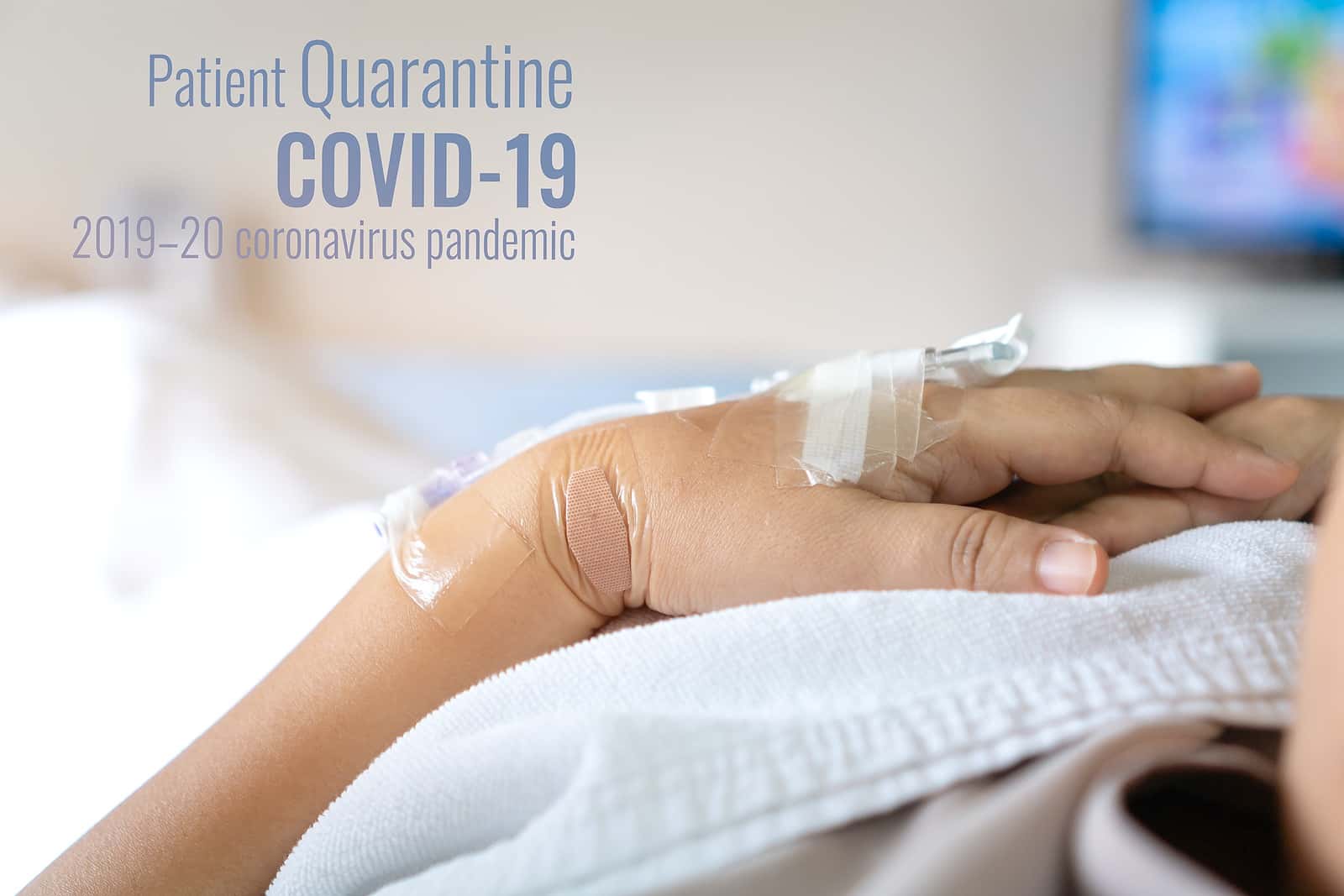
In the early months of the COVID-19 pandemic, physicians were desperate to discover effective treatment options. One approach that many health care providers adopted for their patients was prone positioning.
Why Try Prone Positioning?
In the early days, the most severe symptoms of COVID-19 were respiratory. People who were having trouble breathing flooded into emergency departments and hospitals. Many were not getting adequate amounts of oxygen throughout their bodies. Previous research had shown that when people on ventilators were positioned on their stomachs for most of the day, they did better (Seminars in Respiratory and Critical Care Medicine, Feb. 2019).
As a result, it made sense for hospitals to try prone positioning as an emergency strategy. Doctors thought that if it could help patients on ventilators, it might also help those who did not yet need ventilation. Italian doctors reported that patients slowed their breathing and had better oxygenation when on their stomachs instead of on their backs (JAMA, June 9, 2020). This study did not reveal whether prone positioning delayed or prevented intubation. It also could not show whether people placed on their stomachs were more likely to survive.
The Latest Word on This Practice:
Scientists published more than 500 articles on the topic of prone positioning for COVID-19 patients. Most of the studies were small and inconclusive, however (Journal of Clinical Anesthesia, Nov. 2021).
Now, a nonrandomized controlled trial published in JAMA Internal Medicine suggests that this strategy was not beneficial. Instead, it may actually have made matters worse (JAMA Internal Medicine, April 18, 2022).
The investigators concluded:
In this nonrandomized controlled trial, prone positioning offered no observed clinical benefit among patients with COVID-19–associated hypoxemia who had not received mechanical ventilation. Moreover, there was substantial evidence of worsened clinical outcomes at study day 5 among patients recommended to receive the awake prone positioning intervention, suggesting potential harm.
These results underscore how important it is that researchers study interventions before promoting them. Since COVID-19 is still spreading in many parts of the world, this study will help providers avoid doing unintentional harm.
Citations
- Gattinoni L et al, "Prone positioning in acute respiratory distress syndrome." Seminars in Respiratory and Critical Care Medicine, Feb. 2019. DOI: 10.1055/s-0039-1685180
- Sartini C et al, "Respiratory parameters in patients with COVID-19 after using noninvasive ventilation in the prone position outside the Intensive Care Unit." JAMA, June 9, 2020. DOI: 10.1001/jama.2020.7861

